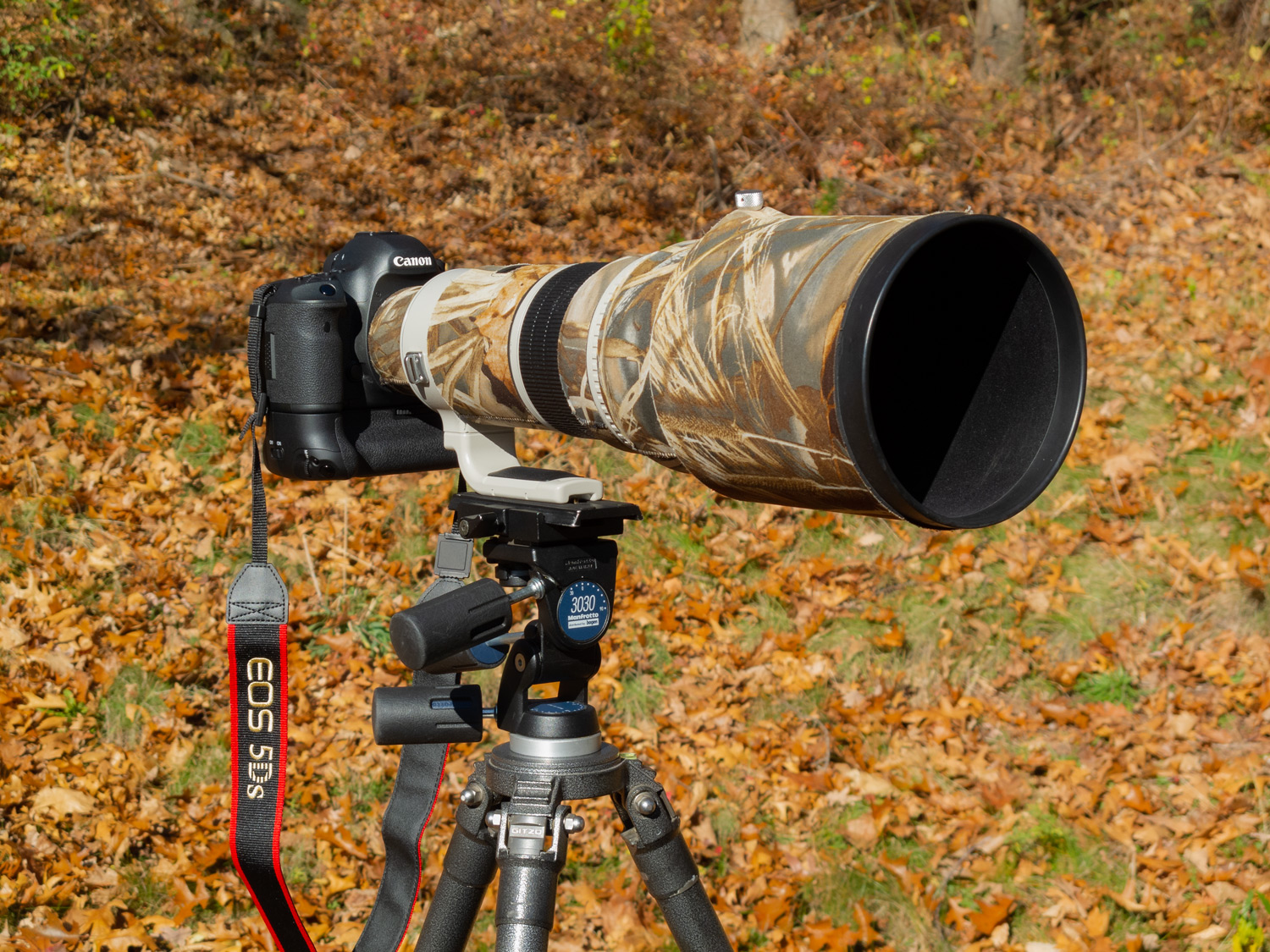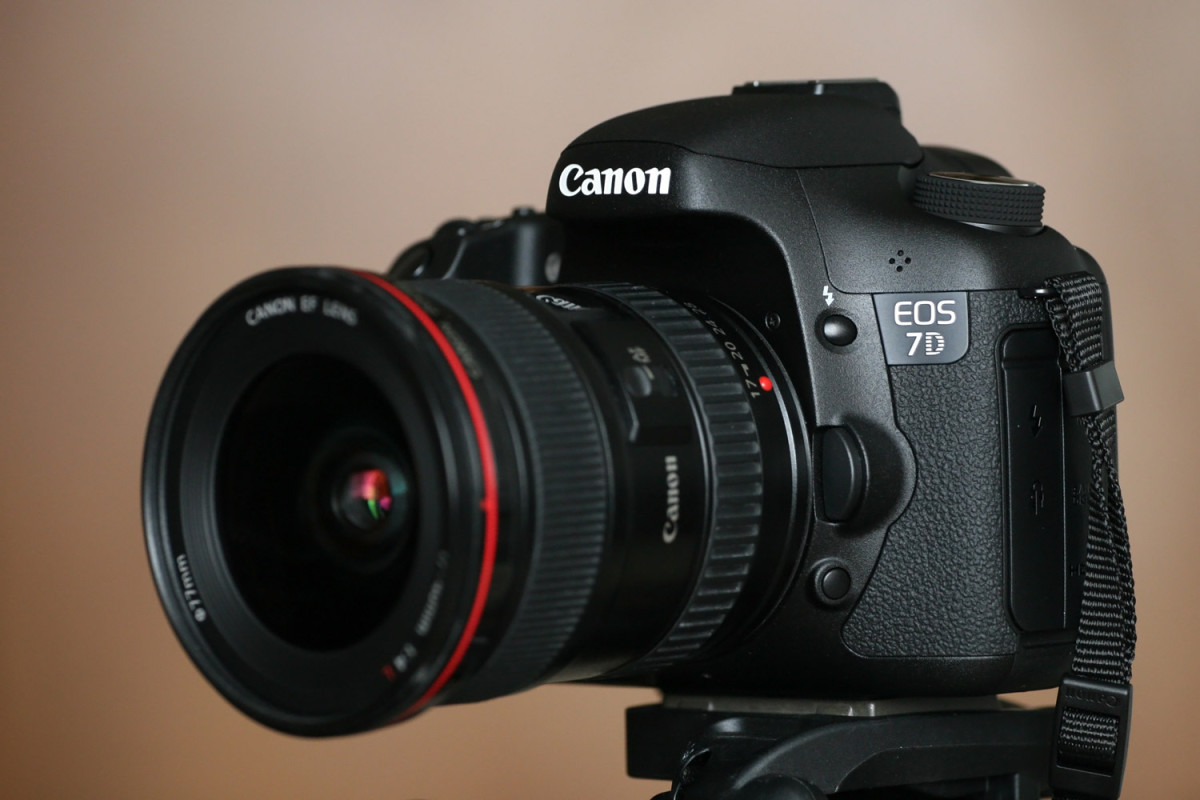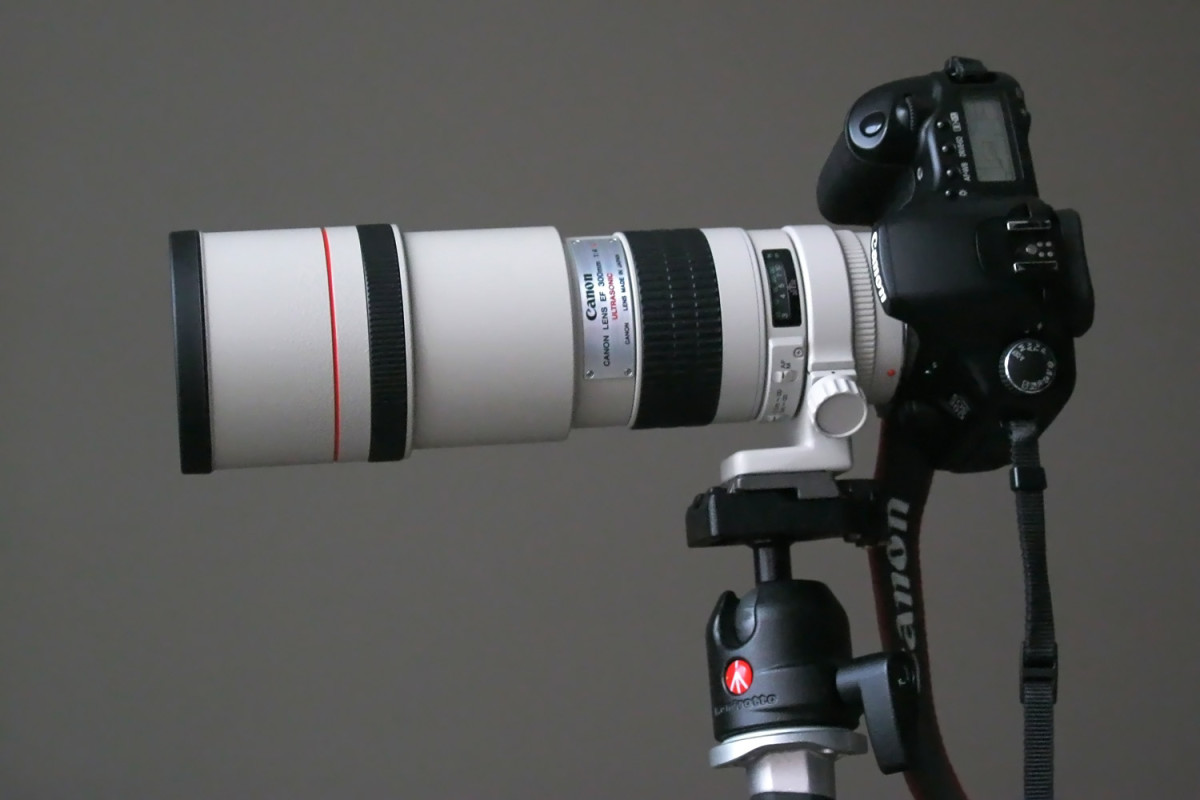My Nature Photography Equipment
My first camera was a Canon A-1 film camera. I bought it with some wonderful FD-mount lenses when I was a university student and I took some great pictures with them in my early photographic life. Although I loved working with this classic film gear, recently I only use my modern Canon EOS System.
Here is the list of my currently used photographic equipment.

Canon EOS 5Ds
It has been my primary camera since 2020. The Canon 5Ds has one of the best sensors Canon ever made. The 50-megapixel files are great for landscapes and also for cropping if birds and wildlife are a little too far away. Its relatively high-speed continuous shooting and accurate AF are very important for bird and wildlife photography. The durable and weather sealed body makes it perfect for nature photography.
Canon EOS 5DsR
I love the 5Ds so much, I bought its almost identical twin the 5DsR too, so I have two of Canon’s probably best DSLRs. They both have the same body, same controls and same sensor, but the 5DsR has a low-pass filter cancellation, so the 50-megapixel sensor can deliver even more details. Although the two 5Ds bodies are basically the same and either one of them can be used for anything, I mainly use the 5DsR for landscapes, and the 5Ds with a battery grip for wildlife photography.
Canon EOS-1
The Canon EOS-1 was a legendary film camera. It was introduced in 1989 and it was the first professional EOS camera. Click here for more information about this film camera and the reason I bought it. I use it mainly for bird and wildlife photography and scan the film with my Plustek 8200i film scanner.
Canon EOS 620
It is one of the first EOS cameras. Click here for more information about this film camera and the reason I bought it. I shoot mainly landscapes with this camera and scan the photos with the Plustek 8200i film scanner.
Canon EF 24mm f/2.8
An excellent wide-angle lens. I mainly use it as a backup lens for landscape photography. It has very good image quality and small enough, so it’s always easy to find some space in my camera bag for this great lens.
Canon EF 17-40mm f/4 L USM
This is a great ultra wide-angle lens. I use it mainly for landscape photography, however, it is very useful for wildlife too if I want to picture animals in their environment. The image quality of this lens is very good. Furthermore, this is a very well built and relatively lightweight lens.
Canon EF 70-200mm f/4 L USM
This lens is great for large insects (butterflies and dragonflies), frogs, and other small animals, especially when combined with the Canon extension tubes. I also use it for landscape scenes. It is a relatively lightweight lens with superb performance.
Canon EF 300mm f/4 L USM
This lens is my main choice for wildlife photography when I’m going on long hikes with my high pixel density camera. This is an old non-IS version 300mm lens, however, I always prefer to use a tripod, so IS is unnecessary for me. This L-grade prime is razor sharp even with the 1.4x teleconverter, has very fast AF and built as strong as a brick.
Canon EF 500mm f/4 L IS USM
The 500mm is one of the best focal length for wildlife and bird photography on a fullframe camera. This is probably the sharpest lens I own and works perfectly well with my 1.4x teleconverter too. It’s big and heavy, therefore I mainly use it for hide photography or on shorter hikes. Although it has IS, I rarely switch it on, since I prefer to use a tripod. It’s a very well-built lens with weather sealing, a real outdoor equipment.
Canon EF 1.4x Extender
This converter is a very useful accessory for bird and wildlife photography. It works quite well with my lenses, I lose only one stop of light so AF still works with them.
Canon Extension Tubes
I have one 12mm and one 25mm extension tubes. I am not a hardcore macro photographer, but sometimes I want to get close for tiny creatures, and these extension tubes are perfect for that.
Canon Speedlight 430 EX
In general, I don’t use flash in nature, I prefer using natural light. However, a flash can be very valuable in difficult lighting situations. For better flash positioning, I often use the Canon Off Camera Shoe Cord with the 430 EX. I also use Vello softboxes for macro work and a Better Beamer with large telephoto lenses.
Tripods and Heads
I almost always use a tripod when photographing nature. I have a big and sturdy Gitzo 1340 which I usually use for hide photography. I also have a lightweight Manfrotto 190XB for hiking and backpacking. It’s stable enough for my relatively lightweight equipment (when I hike with my 500mm I bring the Gitzo). I use four tripod heads. My main head for my big Gitzo tripod is a Really Right Stuff BH-55 ball head. This is one of the best ball heads ever made and I use it for almost everything, including most of my bird and wildlife photography. However, ball heads are not perfect for fast moving subjects, so I have a Wimberley Sidekick for my BH-55 to convert it into a gimbal head for photographing flying birds and fast moving wildlife. For my small Manfrotto tripod I use a 486RC2 ball head for general purpose and a small 804RC2 or a larger 3030RC (141RC) three way heads for wildlife photography. I also have a very sturdy yet lightweight carbon fiber monopod for photographing wildlife with my big lens: an Induro GIM505XL with a TH4 tilthead.
Camera Bags
My MindShift BackLight 36L backpack can swallow almost all of my gear, including the 500mm lens attached to a body. I love this bag. I use it for everyday photography when I need to carry a wide variety of gears to the field. I also have a Lowepro Lens Trekker. I use it when I only need my 500mm lens, especially with the teleconverter attached to it. When I’m hiking, I usually carry my smaller equipment (17-40mm, 70-200mm, 300mm, 1.4x TC) in my Canon 200EG backpack. I really love it. It’s very well made and all of my hiking gear fits right in this bag. When I’m traveling overseas I put my gear into my Think Tank Airport Accelerator backpack which is the perfect carry-on size camera bag with lots of space inside.
Accessories and Other Stuff
When I photograph landscapes or macro subjects I use a Canon RS-80N3 Cable Release with my digital cameras and a Canon RS-60T3 with my film cameras to eliminate the vibration when pressing the shutter button.
I have three types of filters. I use Tiffen UV Filters to protect the front elements of my lenses, however, I only use them in humid environment (beaches, waterfalls and rainforests) when the front elements require frequent cleaning and it’s easier to clean the filter than the lens. In other situations I think lens protection is unnecessary. The other filter I often use is a Tiffen Circular Polarizer for the smaller lenses and a Canon Drop-in Polarizer for the 500mm lens. Polarizers can be useful to remove reflections and to increase contrast. The third type is a Tiffen ND 0.9 neutral density filter. I use it if I want to make a long exposure. This filter provides a 3-stop exposure reduction.
I use SanDisk Compact Flash and SD cards. They are really fast and reliable cards.
Binoculars are a valuable tool for observing birds and wildlife. I use a pair of vintage Canon 7×35 binoculars.
I use GoPro cameras (currently a GoPro HERO5 Session) and accessories for my videos and time lapses. These waterproof cameras are extremely durable and they offer a very good image quality and lots of shooting options.
For aerial photography and videography I use the DJI Mini 4 Pro drone with the RC2 remote controller. This is a high quality, yet small and lightweight drone so I can use it with less restrictions both in the US and abroad. I also have the DJI ND Filter Set to be able to adapt to different lighting conditions.
My Backup Gear
Canon EOS 7D
It was my primary camera between 2011 and 2020. The Canon 7D is one of the best APS-C cameras ever made. It has very good image quality even at high ISO settings. I’ve always loved photographing with this camera.
Canon EOS 30D
It was my workhorse for several years, before I bought the 7D, then it became my backup camera. Now it’s a backup of a backup. It is a very good and reliable tool. I still love it.
Canon EF-S 10-22mm f/3.5-4.5 USM
This lens provides ultra wide-angle coverage on APS-C cameras. It is small, light and solidly built. The image quality of this lens is very good too.
Canon EF-S 60mm f/2.8 macro USM
This is a nice macro lens. It has very good image quality and it is very compact and lightweight. This is an APS-C only lens just like the EF-S 10-22mm.

